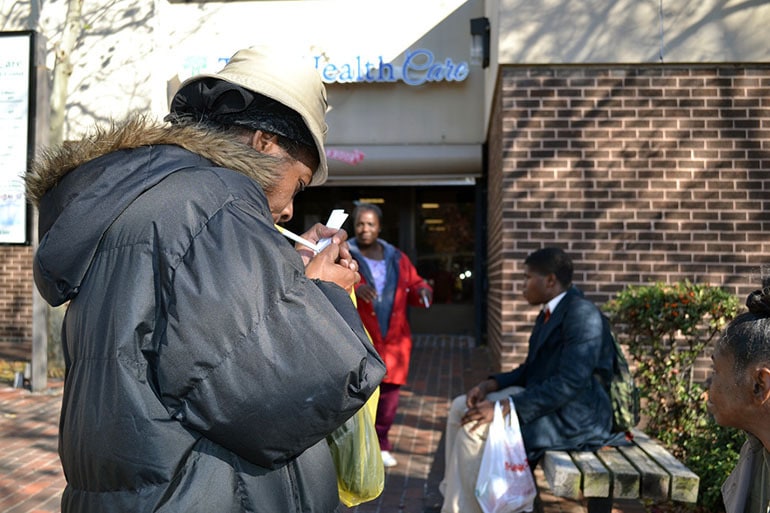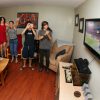KJIPUKTUK (Halifax) – Come September you won’t be allowed to have a smoke on a sidewalk in Halifax. Smoking cigarettes, I mean.
Fearing reefer madness when cannabis is legalized in October, Council this Tuesday passed a bylaw that allows lighting up either a cigarette or a joint only public spaces designated by the City.
This is because bylaw officers supposedly can’t easily differentiate between a joint and a cigarette, reports Zane Woodford for the Star Halifax.
This bylaw is of course unenforceable, and on the silly-scale right up there with the great chicken and cat debates of yore.
It’s also a bylaw that affects marginalized people more than any other group.
Stressed out poor people, and people with mental health issues such as anxiety and depression, are addicted to cigarettes more than any other segment in the population. People with schizophrenia are three times more likely to smoke, and they tend to smoke more heavily. It’s a coping mechanism.
Not only will their lives be even more difficult and stigmatized, there is also a real risk that the bylaw will be used for purposes other than it was designed for.
Shopkeepers can now report panhandlers who light up. And what a great way to keep homeless people out of your neighborhood!
I don’t believe any of this was fully considered when the bylaw was debated, but it should have been.
If you can, please support the Nova Scotia Advocate so that it can continue to cover issues such as poverty, racism, exclusion, workers’ rights and the environment in Nova Scotia. A paywall is not an option for us, since it would exclude many readers who don’t have any disposable income at all. We rely entirely on the kindness of occasional one-time donors and a small group of loyal monthly sustainers.





I don’t believe the fact that smoking poor people are exposing nonsmoking also poor people (and themselves!) to carcinogens that will further disenfranchise them down the road is not the bigger issue, and the fact that legal addictive substances fuel the poverty epidemic. But whatevs.
Most of these regulations have been in place for some time. The bylaw was amended to include cannabis products. Unfortunately, HRM Council decided to go with a blanket ban rather than consider myriad other implications, even though they were pointed out at the meeting.
Consider the pitfalls of this bylaw and its potential impact on medical patients, especially low-income seniors.
There are 14,000 licensed patients in Nova Scotia, half of whom live in HRM. Many of them have federal grow licenses, which are exempt from municipal interference thanks to the Federal Court and Supreme Court decisions.
There will be court challenges, and the first time a bylaw enforcement officer removes a legal medical grow and deprives a chronically ill patient of their medication there will be a storm of controversy.
This is my understanding in terms of scope: The second set of amendments, to the municipality’s nuisance bylaw, ban smoking on all municipal property, including streets and sidewalks. This is new. Prior the prohibition restrictions applied to entrances of building as per the provincial Smoke Free Places Act. Check highlights for changes to the Nuisance Bylaw. https://www.halifax.ca/sites/default/files/documents/city-hall/regional-council/180717rc1416.pdf